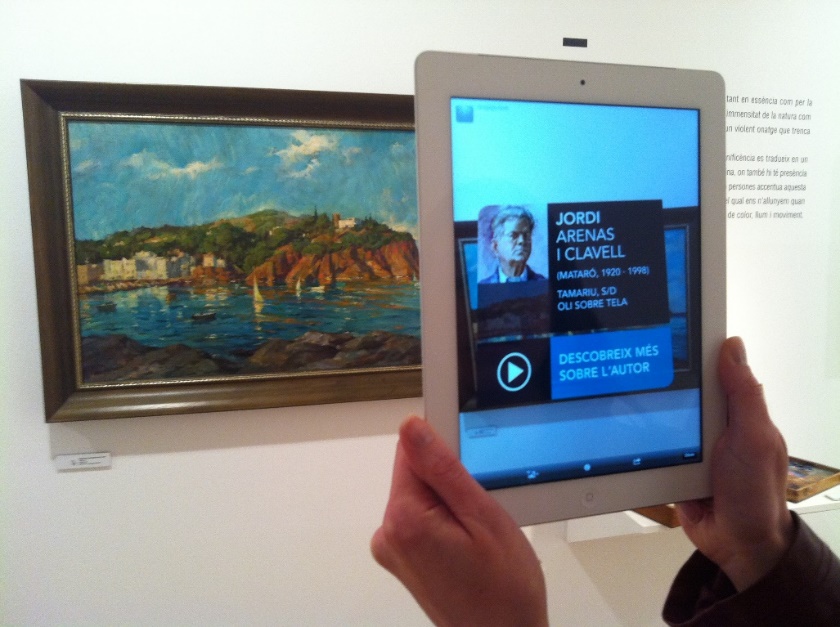Both these technologies are immersive technologies that integrate the virtual world and the real world. In this article, we will look into these technologies and talk about their differences, similarities, and pros and cons.
Augmented Reality
There will be hardly a person who exists on the planet and doesn’t remember the craze of Pokémon Go. Pokémon Go developed and published by Niantic in 2016, was an augmented reality game. This game was a popular application of AR. Similarly, IKEA developed an app that helps buyers to visualize products in their homes before purchasing them. To enhance the experience, automotive, healthcare, travel, and tourism companies are now more into the development of augmented reality solutions.
Augmented reality is built on “Computer Vision”, an artificial intelligence field that makes computers to decipher and recognize the visual world. In other words, AR technology is a combination of the digital world and the actual world. This technology requires different devices like AR glasses, head-up displays, mobile phones, and tablets to display digital information on the real world. Cameras on these devices receive, send, and process data to show digital information on the real world. This digital information can be anything like image, text, or 3d object.
Google Inc. and Apple Inc. both have produced their AR development kits. These kits are helping the developers to create their own immersive experiences.
Virtual Reality
The second and most popular immersive technology is Virtual Reality (VR). In virtual reality, as the name suggests the users are fully immersed in a computer-generated world or virtual world. Apart from gaming and entertainment, VR technology is also being used in military, engineering, healthcare, and education.
Users are required to wear a headset to observe the experience of virtual reality. To enable the virtual experience you need to connect the headset with a computer or a gaming console. But for Google Cardboard, Samsung Gear VR, or Google DayDream you need a smartphone. These headsets eliminate any interaction of the user with the real world. Visually you will be taken somewhere else. Your brain will believe that you are moving with the virtual objects. VR is an amazing technology, you can even experience any travel destination even before taking flight. You can simulate almost anything for the VR experience.
Augmented Reality and Virtual Reality seem similar but they are not truly identical technologies, both are different in a few ways. Both technologies accomplish two different things in two different ways. AR augments the real world whereas in VR there is a completely simulated environment. AR users have a sense of presence in the real world on the other hand in VR users are in a simulated world. AR is used to enhance the real world but VR enhances the artificially generated world.
Pros and Cons
Augmented reality is a great way of learning in different fields. It also fosters the learning process. VR creates an interactive virtual environment which is a source of immersive learning for example, the training of a soldier or a pilot. Users can also explore the world just by using VR technology because it can create a realistic world. Both technologies have revolutionized education. Just like other technologies these technologies also possess disadvantages. Both technologies can cause mental health issues like motion sickness.
Application
Both technologies are being used in different fields. AR is being utilized by game developers. Advertising companies are using it at the top of magazines to display digital content. VR is being used for digital training of people in different fields like aviation, education, and sports.
Conclusion
No doubt both VR and AR are future technologies but still, there is plenty more to explore. Augmented reality blends with the real-world whereas, virtual reality is a completely simulated experience. Both technologies can generate engaging experiences. Both technologies use fictional elements to produce an immersive experience. Nevertheless, there are few distinctions. Both technologies achieve immersive experience in different ways. Both technologies need different devices. One includes the real world and the other one is entirely fictional.


